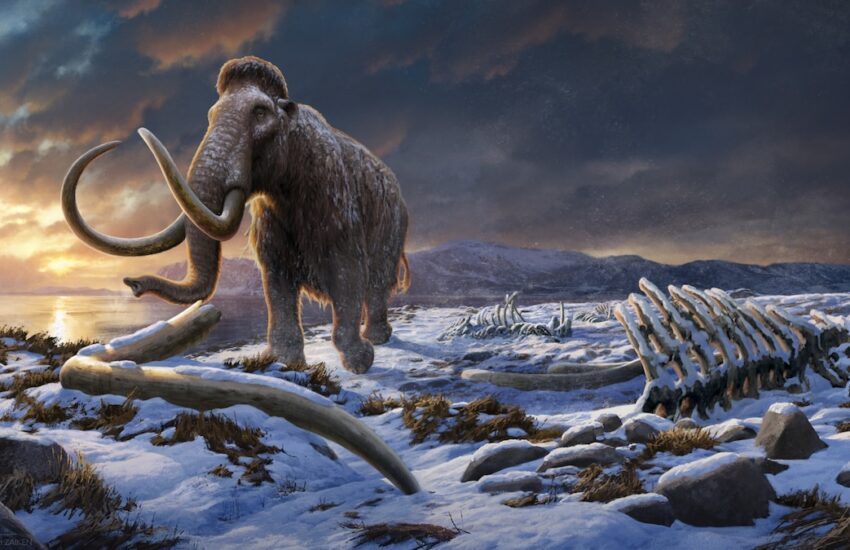The last woolly mammoths lived on a small island for thousands of years after their tusked relatives went extinct on the mainland. The shaggy beasts had found their way to Wrangel Island, a 93-mile-long spit of land off the coast of Siberia, around 10,000 years ago—what remained of a species that had once spread across much of the Northern Hemisphere. But these mammoths didn’t make it either. Around 4,000 years ago, the very last woolly mammoths perished and forever relegated the species to extinction.
No one knows for sure why the Wrangel Island mammoths ultimately vanished. Recent genetic analyses, however, indicate that the severe contraction of the mammoth population around this time left the beasts genetically vulnerable in a rapidly-changing world. Mutations the mammoths accrued through inbreeding likely didn’t kill them, but were instead a contributing factor to an extinction that played out over thousands of years.
In the new study, Stockholm University geneticist Patrícia Pečnerová and her colleagues document the genetic changes that this group of woolly mammoths experienced prior to their demise. The new data, published last month in Cell, represent the final chapter in a story of extinction that had been unfolding long before the mammoths arrived at their last refuge.
“The final extinction of mammoths on Wrangel Island is just the last step of a very long chain of events that led up to the species’ demise,” says Pečnerová, who is also a National Geographic Explorer.
Humans or climate change?
The earliest woolly mammoths evolved about 800,000 years ago, spreading as far as prehistoric Spain to the west and the Great Lakes region of North America to the east during their heyday. The global expansion of the woolly mammoths can be attributed to the peculiar environment the giant herbivores preferred. Open, grassy plains called mammoth steppes broadened their range during colder parts of the Ice Age when glaciers covered more of the planet. Woolly mammoths were grazers that thrived in these habitats, in contrast to the elephantine mastodons that preferred forests and fared better in the warmer interglacial periods.

